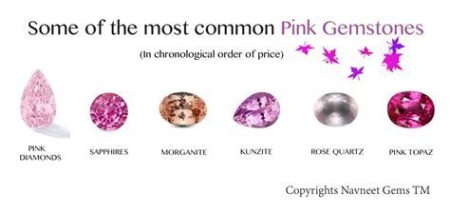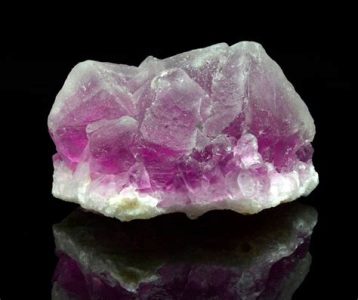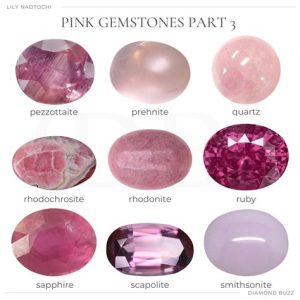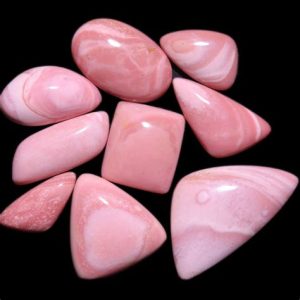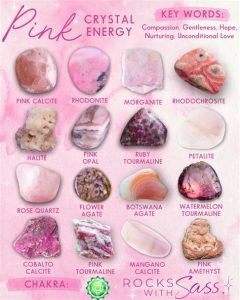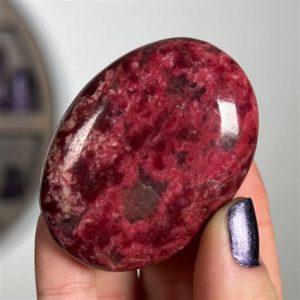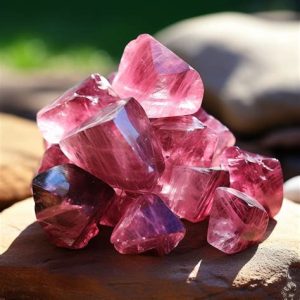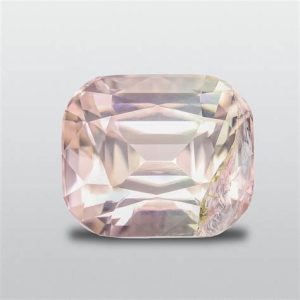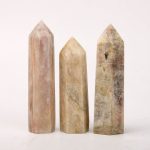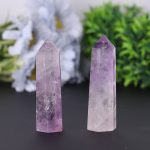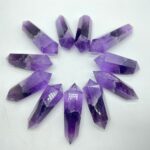Introduction
Quartz, a versatile and widely used mineral, finds its home in various industries. Of the many quartz sources, Brazilian quartz stands out for its exceptional quality and abundance. This article analyzes Brazilian quartz against other sources, exploring its advantages and disadvantages. Understanding these differences empowers individuals to make informed decisions to meet their specific needs.

Origins and Abundance
Origins
Brazilian quartz originates from the state of Minas Gerais, Brazil, renowned for its rich mineral deposits. The quartz is formed through hydrothermal processes, resulting in high-quality crystals.
Abundance
Brazil possesses abundant quartz reserves, estimated at over 60% of the global supply. This abundance ensures a consistent supply, even amidst increasing demand.
Physical Characteristics
Clarity and Color
Brazilian quartz is known for its exceptional clarity and color. It exhibits a wide range of colors, including colorless, milky white, pink, and green. This diversity allows for versatility in various applications.
Crystal Structure
Brazilian quartz crystals are typically hexagonal, with well-defined facets. This structure contributes to their distinct optical properties.
Chemical Composition
Purity
Brazilian quartz is renowned for its high purity, with minimal impurities. This purity enhances its optical and electrical properties.
Trace Elements
Trace elements, such as iron and titanium, may be present in Brazilian quartz. These elements can influence the color and optical properties of the crystals.
Applications and Industries
Optics
Brazilian quartz’s exceptional clarity and optical properties make it ideal for use in lenses, prisms, and other optical components.
Electronics
Due to its high purity and electrical properties, Brazilian quartz is employed in electronic devices, such as oscillators, resonators, and capacitors.
Jewelry
The beauty and durability of Brazilian quartz make it a popular choice for jewelry, ranging from gemstones to decorative pieces.
Brazilian Quartz VS. Other Sources
| Feature | Brazilian Quartz | Other Sources |
|---|---|---|
| Origin | Minas Gerais, Brazil | Various locations |
| Abundance | Abundant | Less abundant |
| Clarity | Exceptional | Varies |
| Color | Wide range | Limited range |
| Purity | High | Varies |
| Applications | Optics, electronics, jewelry | Similar applications |
Advantages of Brazilian Quartz
- Exceptional clarity and color
- Abundant supply
- High purity
- Well-defined crystal structure
Disadvantages of Brazilian Quartz
- Higher cost compared to some other sources
- Trace impurities may affect properties
Importance of Brazilian Quartz
Brazilian quartz plays a crucial role in various industries due to its:
- Superior optical properties
- Electrical stability
- Aesthetic appeal
Addressing Common Mistakes
Understanding common misconceptions and mistakes regarding Brazilian quartz is important:
- Misconception: All quartz sources are equal.
-
Fact: Brazilian quartz stands out for its exceptional clarity, abundance, and purity.
-
Mistake: Brazilian quartz is too expensive.
-
Clarification: While it may be more expensive than some other sources, its superior quality justifies the cost for specific applications.
-
Misinformation: Trace impurities in Brazilian quartz are significant.
- Truth: Impurities are typically minimal and do not significantly affect the quartz’s properties.
Future of Brazilian Quartz: 2025 Powerhouse
The demand for Brazilian quartz is projected to surge in the coming years, driven by:
- Increasing technological advancements
- Growing consumer preference for high-quality quartz
- Expanding jewelry and fashion industries
Case Study: Brazilian Quartz in Optical Communication
- A major telecommunications company utilized Brazilian quartz for its exceptional clarity and low optical loss in fiber optic cables.
- The high-purity quartz enabled efficient signal transmission over long distances.
- This case study highlights the advantages of Brazilian quartz for advanced optical applications.
Conclusion
Brazilian quartz stands as a superior quartz source due to its exceptional clarity, abundance, and high purity. Its versatile applications, ranging from optics to electronics and jewelry, make it a valuable resource. By understanding the differences between Brazilian quartz and other sources, individuals can make informed decisions to optimize their quartz-based projects. As demand continues to grow, Brazilian quartz is poised to maintain its dominance as a powerhouse in the global quartz market for years to come.

